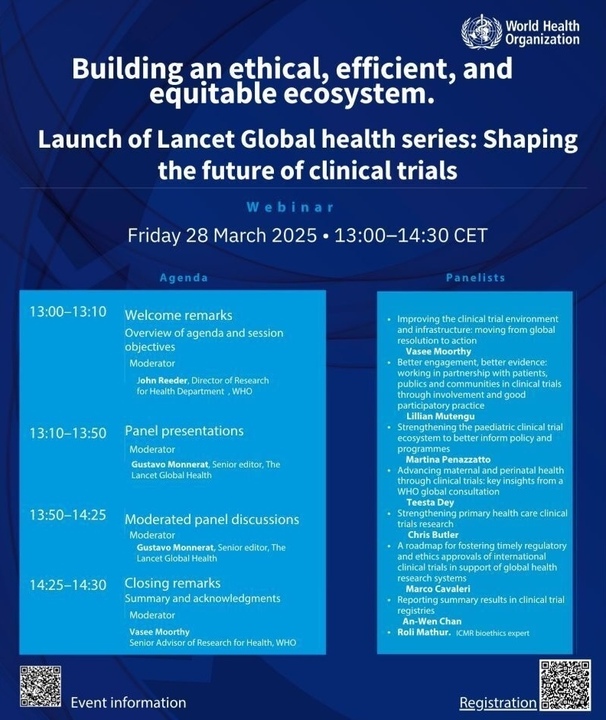With the collapse in support from the US Presidential administration in global health, data sources tracking the HIV response have been lost, from HIV incidence and prevalence to PrEP uptake and disparities among key populations and regions of the world. Below, AVAC has identified dashboards, data trackers and other resources to inform your advocacy.
Tracking PrEP Access
- Impact of the Stop-Work Order on PrEP
On PrEPWatch, this webpage outlines the consequences of PEPFAR stop-work orders on HIV prevention, detailing disruptions to PrEP services, stalled product rollouts (including CAB), halted research, and workforce reductions. It includes downloadable slides to support advocacy and analysis.

- Tracking Lenacapavir Rollout
This new online tracker monitors all the key steps, timelines and responsible stakeholders needed to ensure equitable access to injectable lenacapavir (LEN) for PrEP. Find it on PrEPWatch.

Tracking the Impact of US Government Funding Cuts
- Tracking the Freeze: Real-Time Impact on Key Populations
The Global Black Gay Men Connect (GBGMC) network, with more than 150 partners across regions, is tracking the immediate and devastating effects of USG freeze on foreign assistance. This page compiles verified data from the field and updates it weekly.
- PEPFAR Funding Freeze
This webpage shares resources developed by a new global civil society coalition, Community Health and HIV Advocates Navigating Global Emergencies (CHANGE) on various impacts of the freeze.
- Impact of Partial PEPFAR Funding Freeze and Discontinuation: Estimated Deaths
Impact Counter’s tracker reflects the estimated number of deaths that have occurred between January 24, 2025, and today, as a result of the partial funding discontinuation. (See also Medicaid Impact Counter & Tuberculosis Impact Tracker.)
- Impact of US Funding Cuts on the Global AIDS Response
UNAIDS’ weekly situation report provides an overview and up-close country snapshots of the impact to service delivery and human resources.
- The Best Investment You Didn’t Know You Made
How NIH Funding Fuels Innovation and Economic Growth, and other publications from amfAR. - HIV Market Impact Memo
This brief from CHAI shares significant risks facing global HIV markets and the broader implications for HIV service delivery in LMICs following global health funding disruptions and ongoing uncertainty. - The USAID List of Terminated Global Health Awards – What Does it Tell Us?
This resource from KFF shares a list of USAID awards and their status—either active or terminated.
Tracking Court Action
- Litigation Tracker: Legal Challenges to Trump Administration Actions
JustSecurity.org tracks legal challenges to the administration’s actions. - AVAC V. United States Department of State
AVAC’s dedicated page shares updates on the case against the US government seeking emergency relief from an Executive Order that inhumanely froze all funding for foreign assistance. Our latest episode of PxPulse Live, Lawsuit Wins and What’s at Stake: AVAC v US Department of State offers context and updates.
These trackers and additional resources are included in our weekly Global Health Watch newsletter along with the latest policy developments and their implications to keep advocates informed, prepared and connected.

